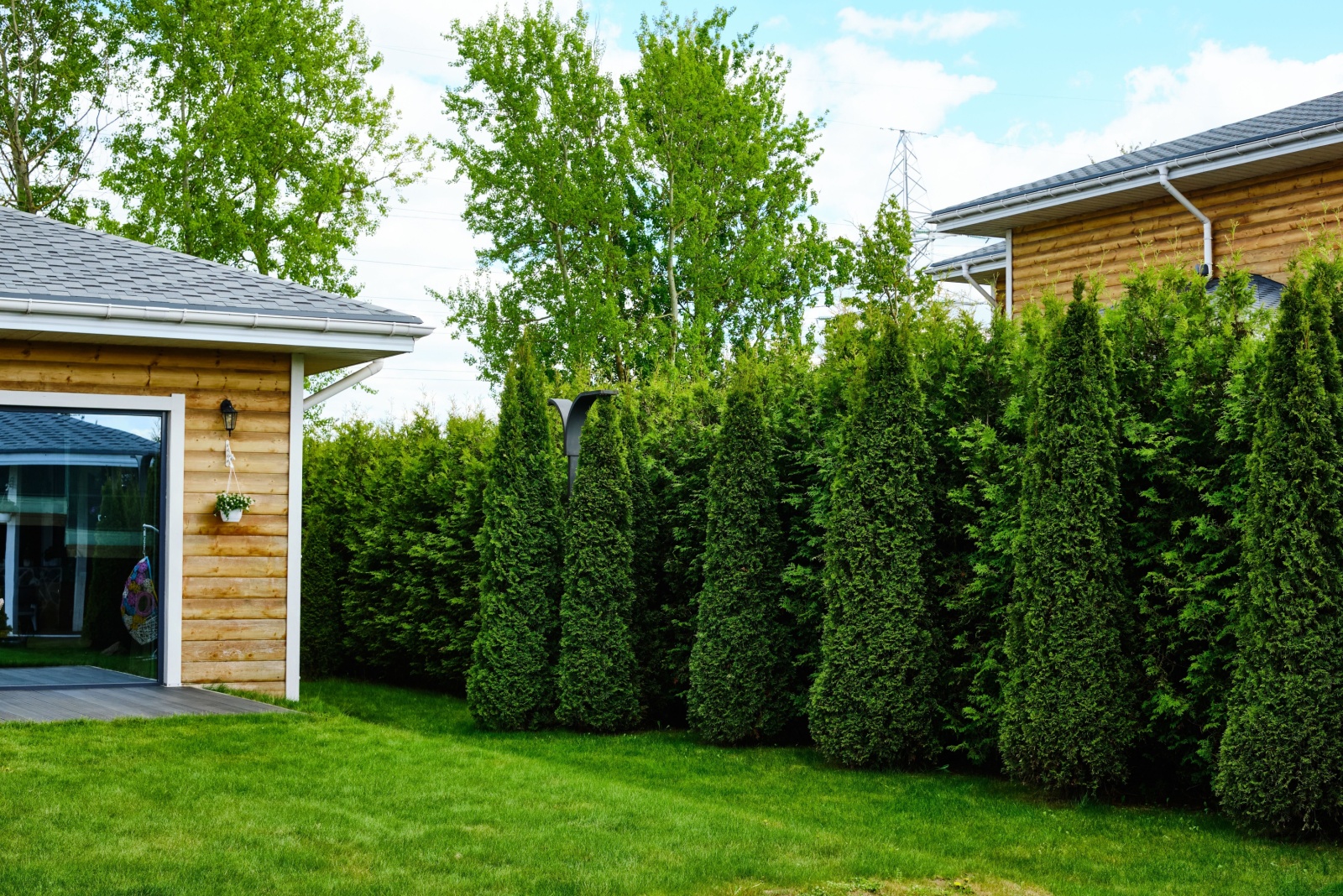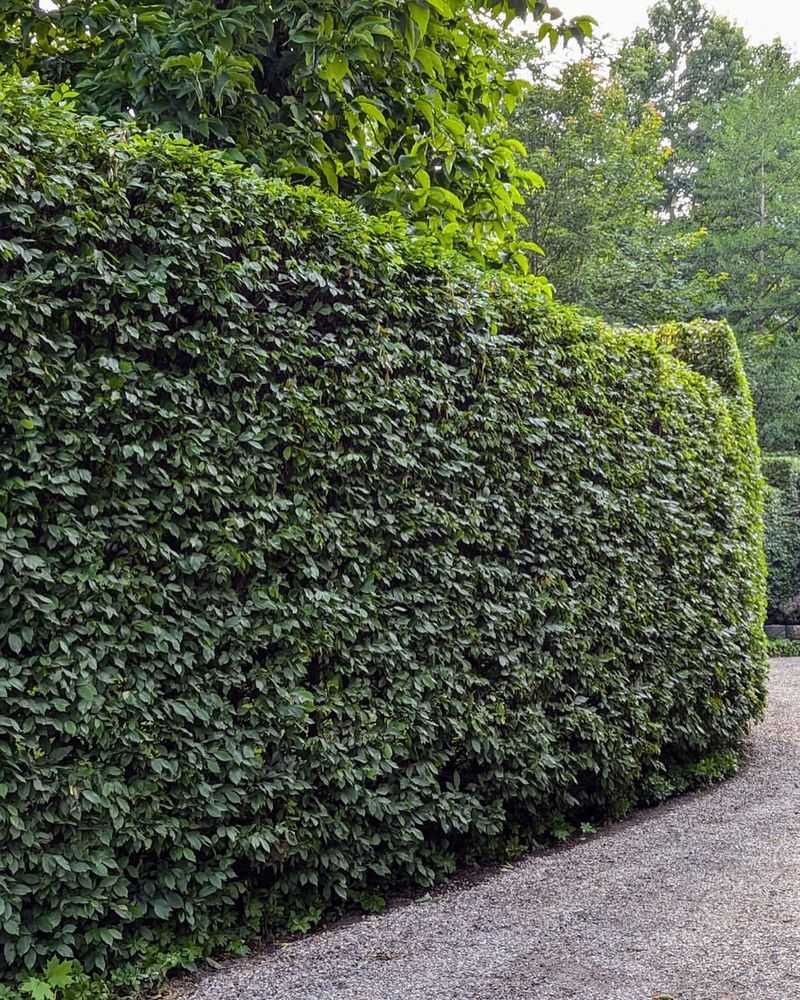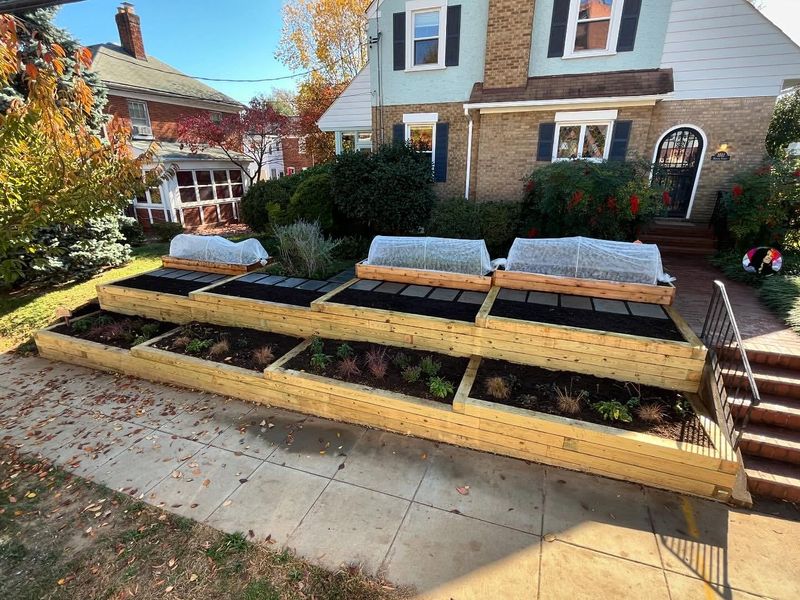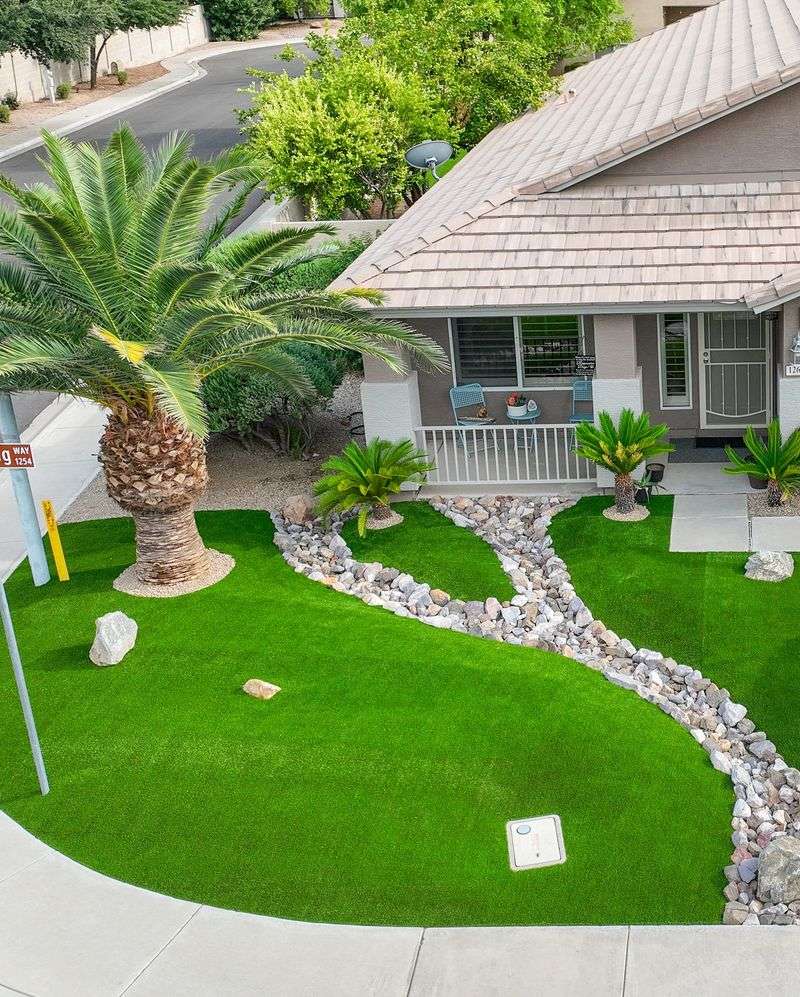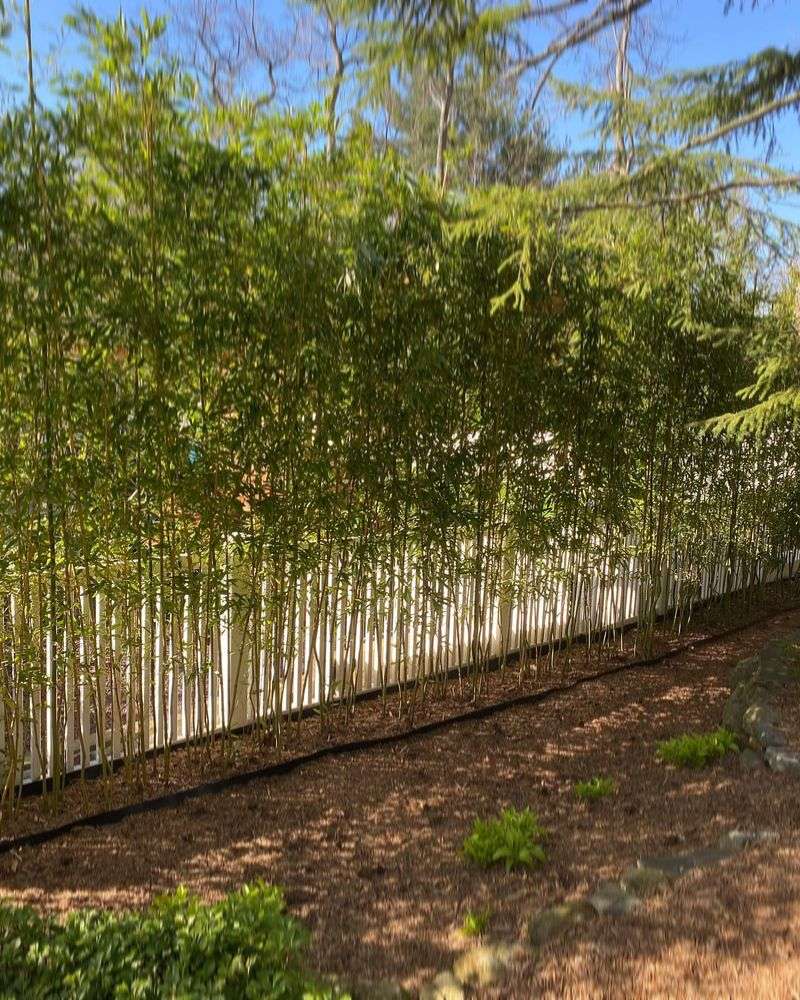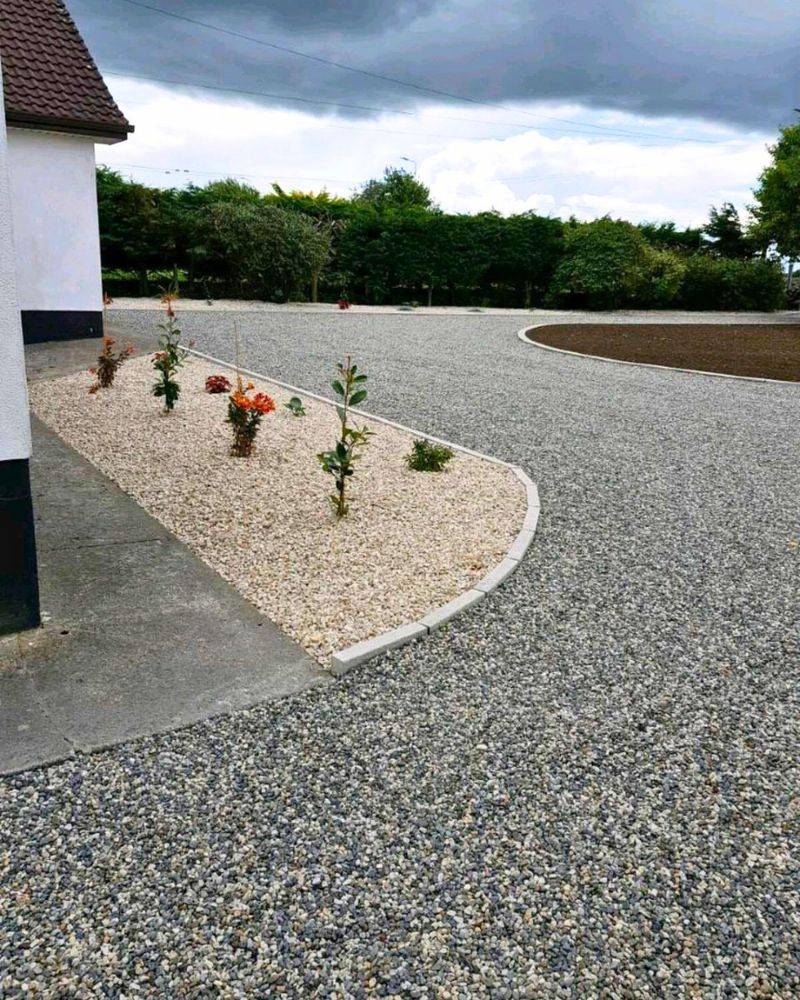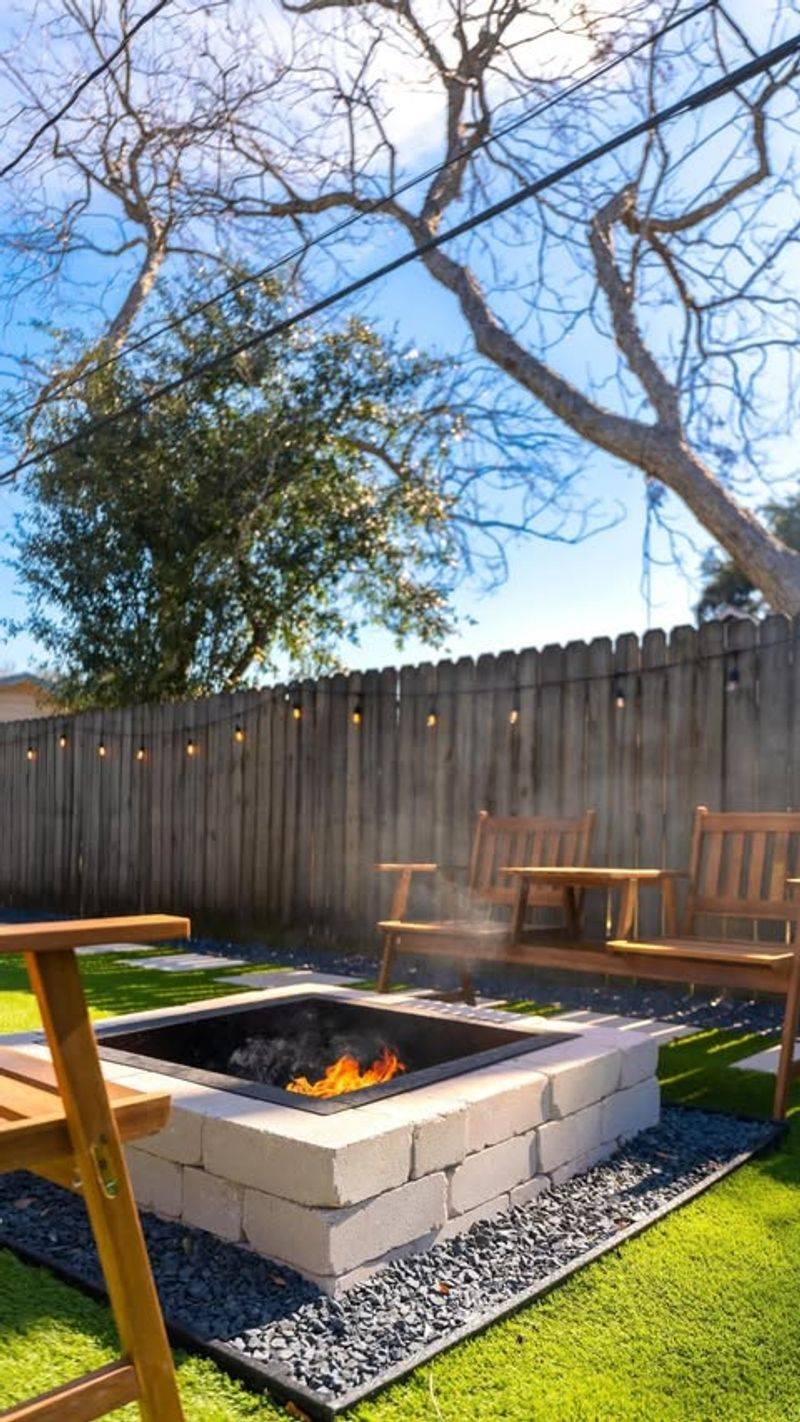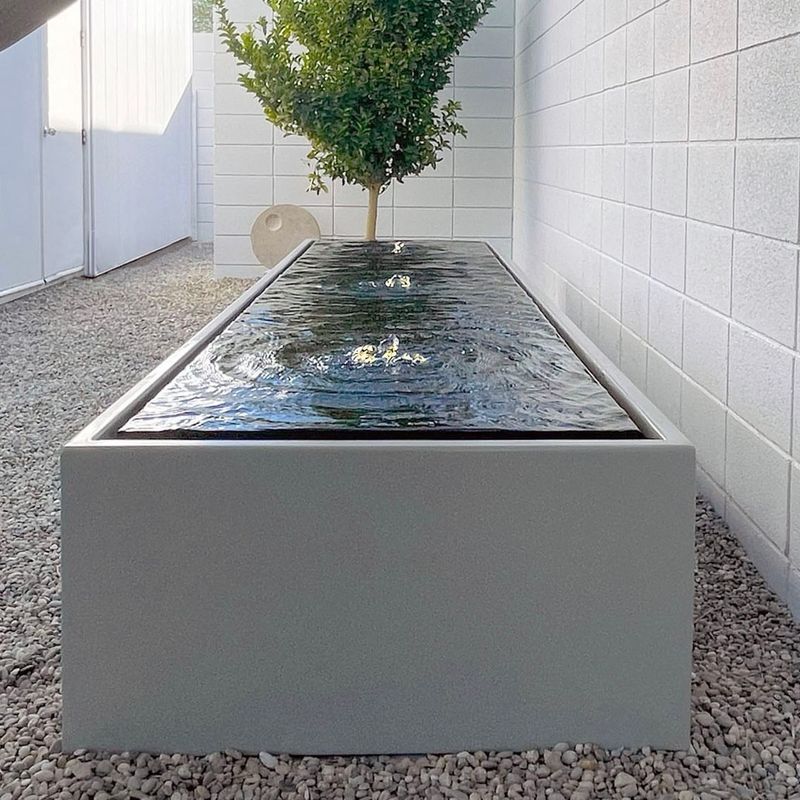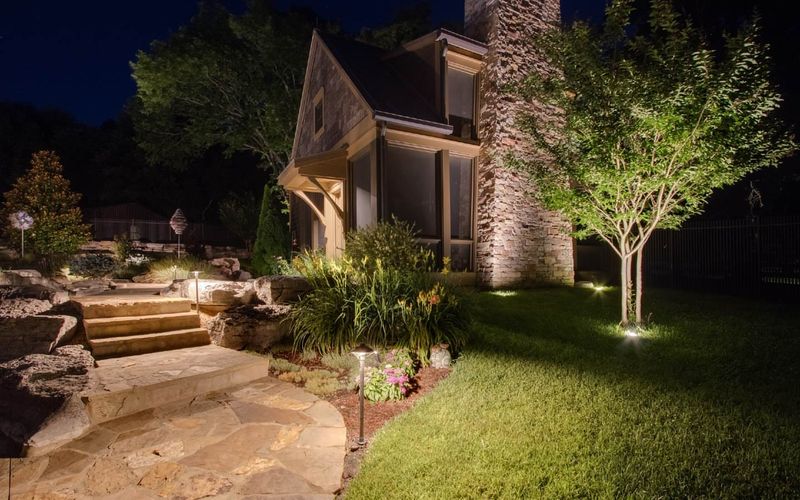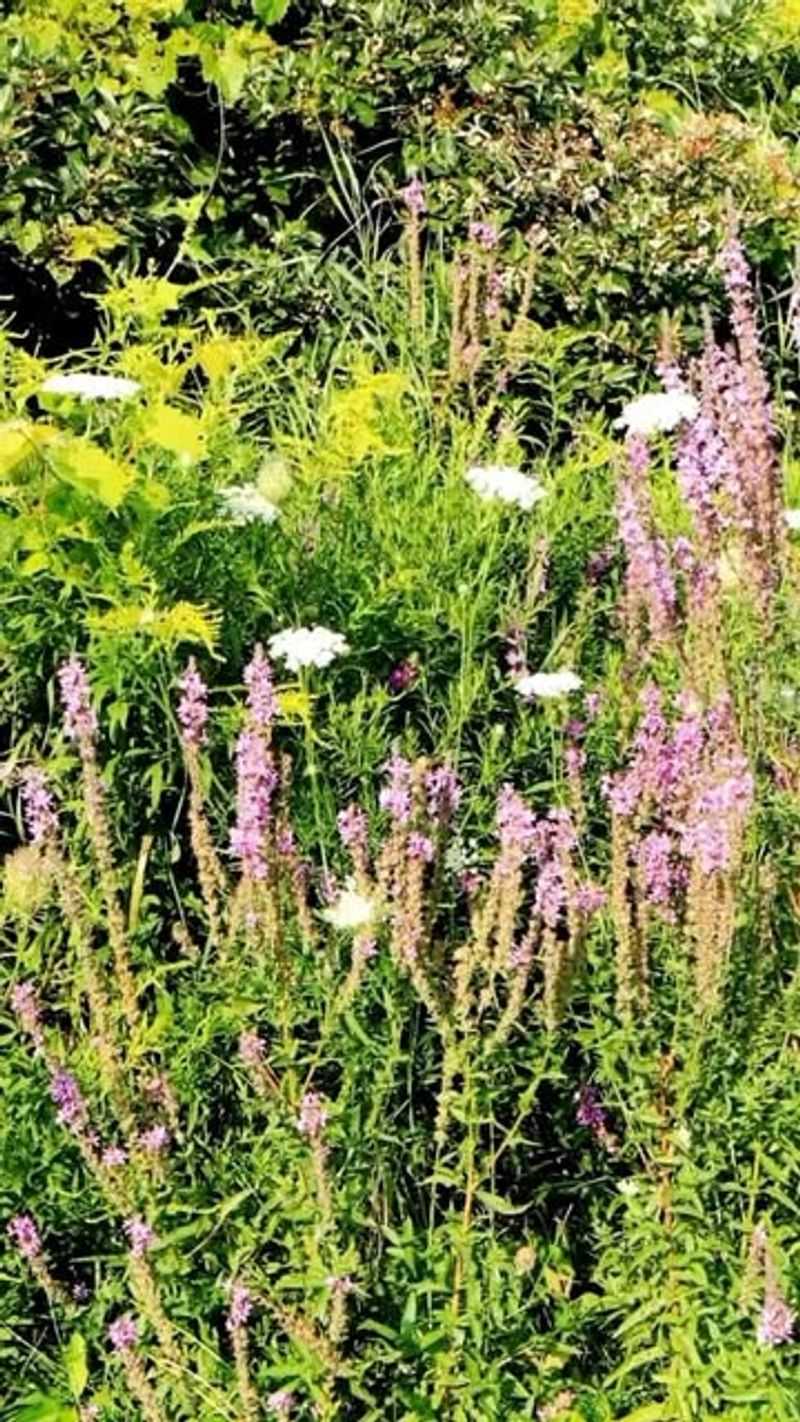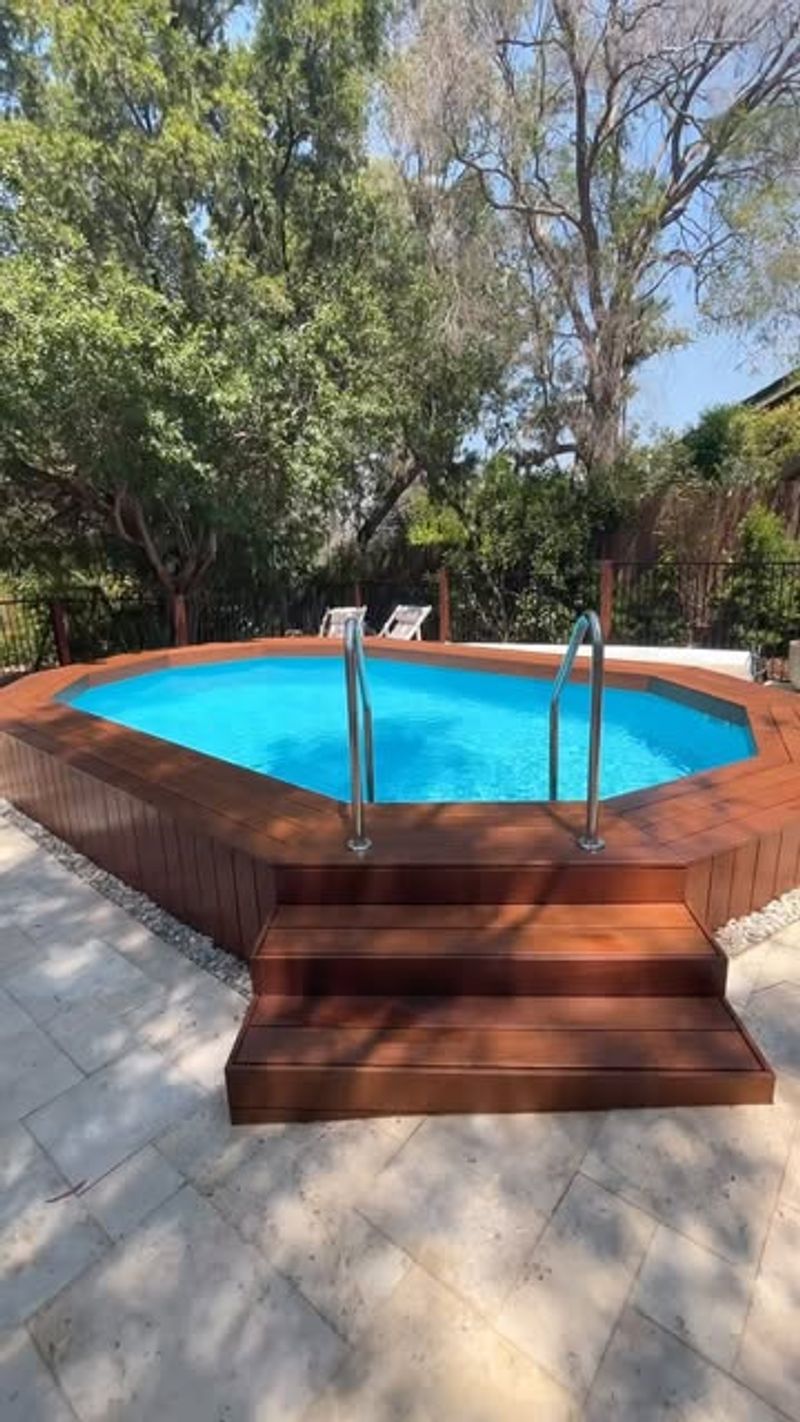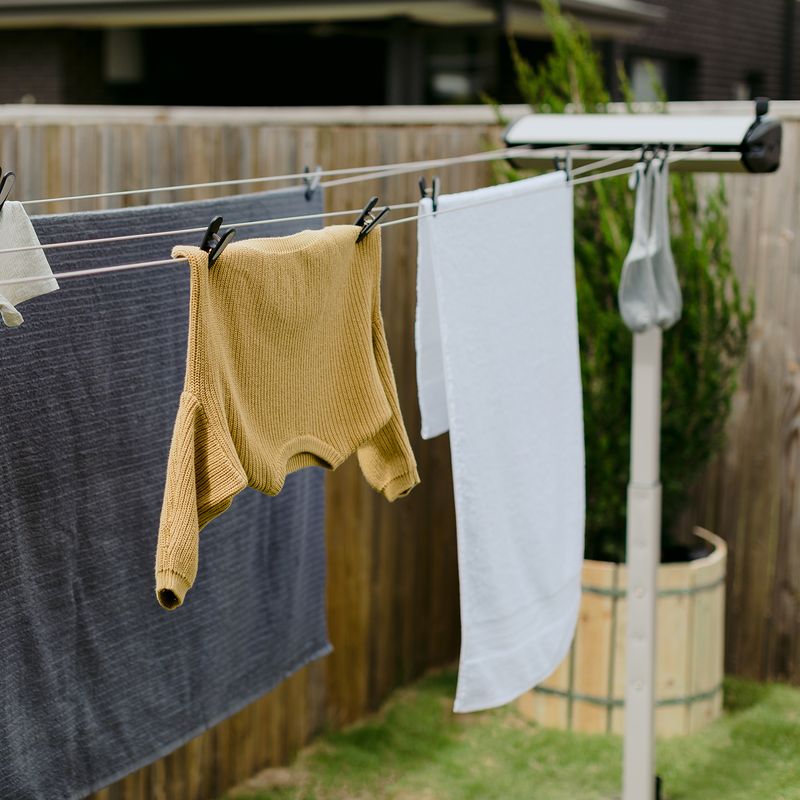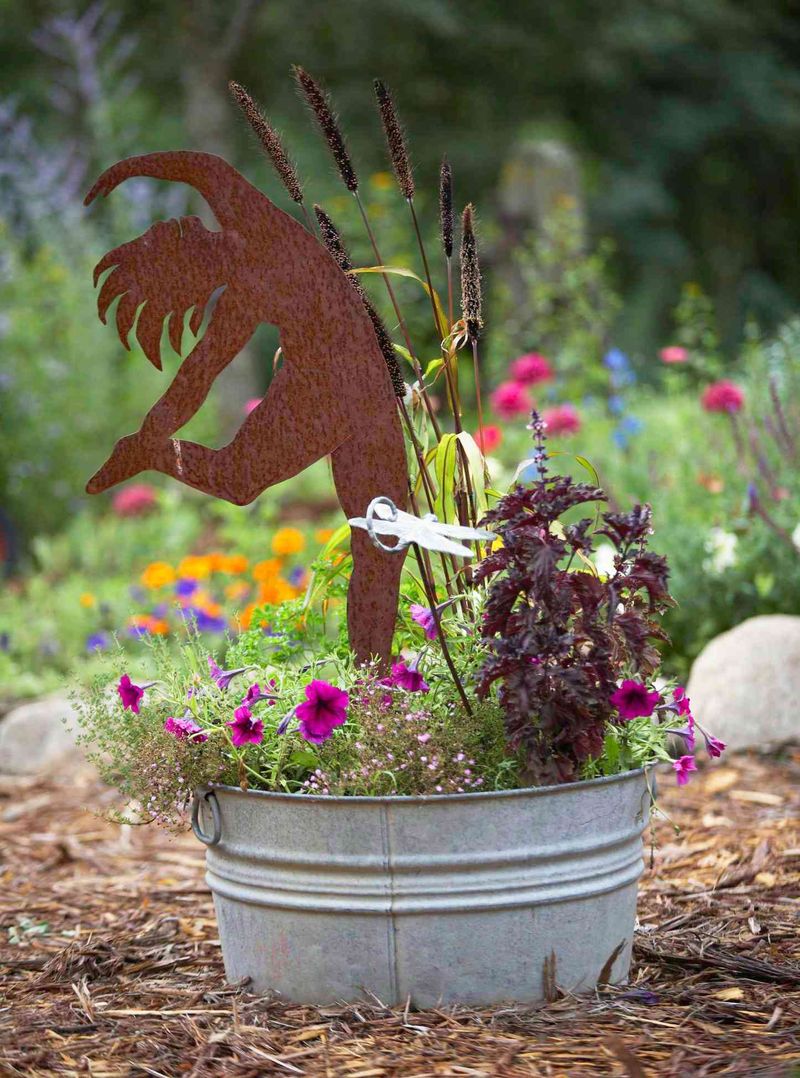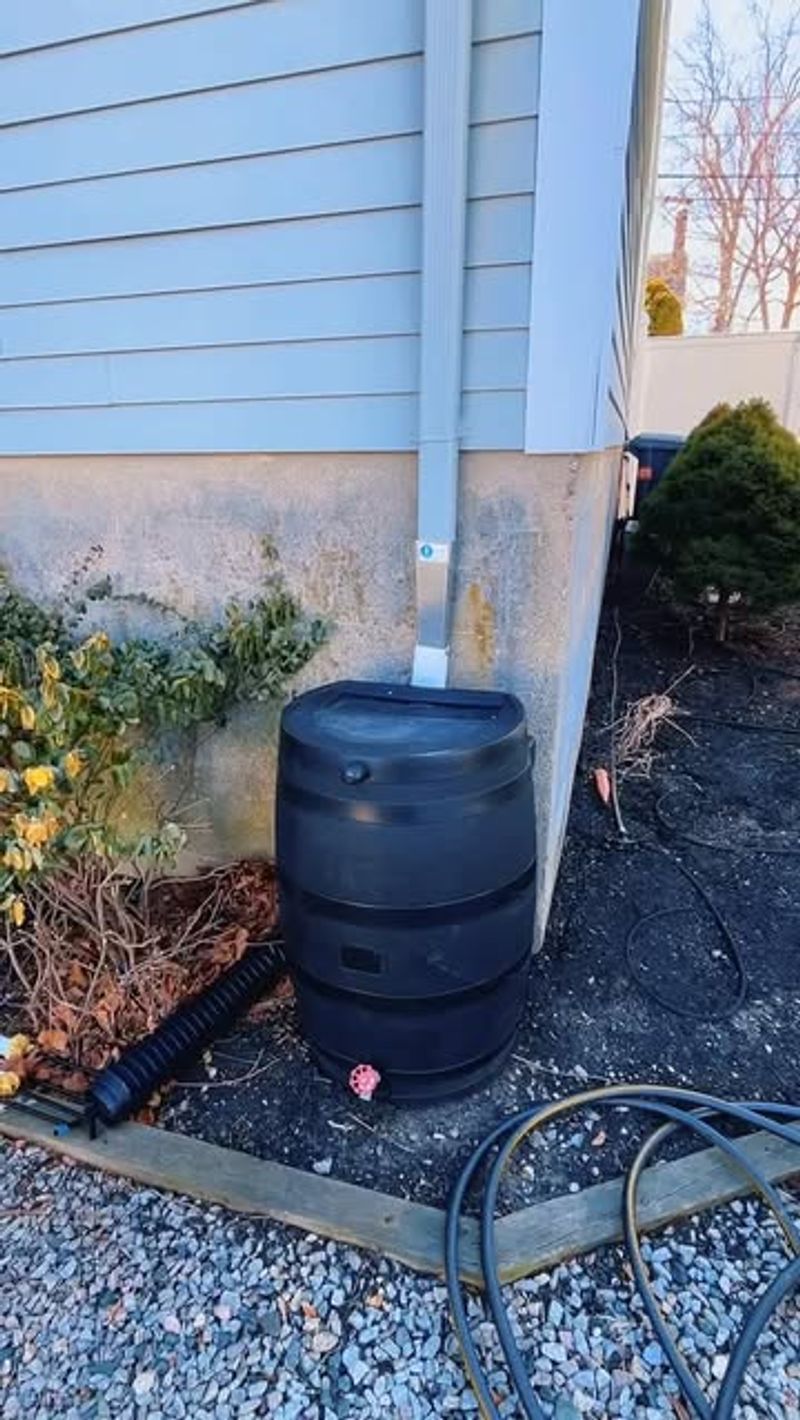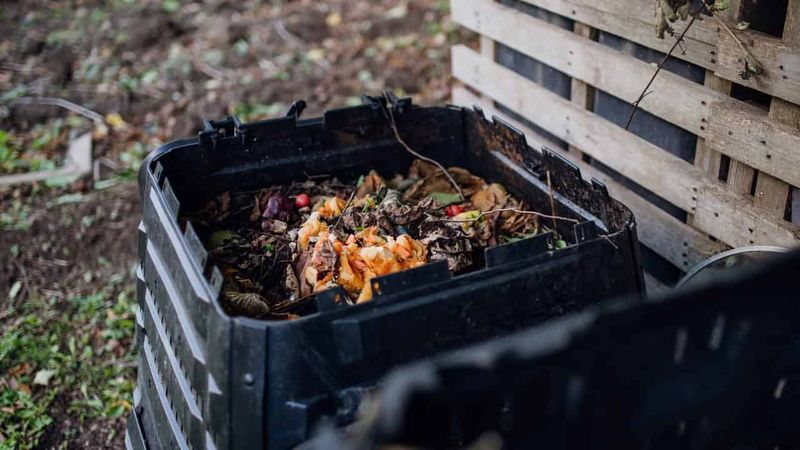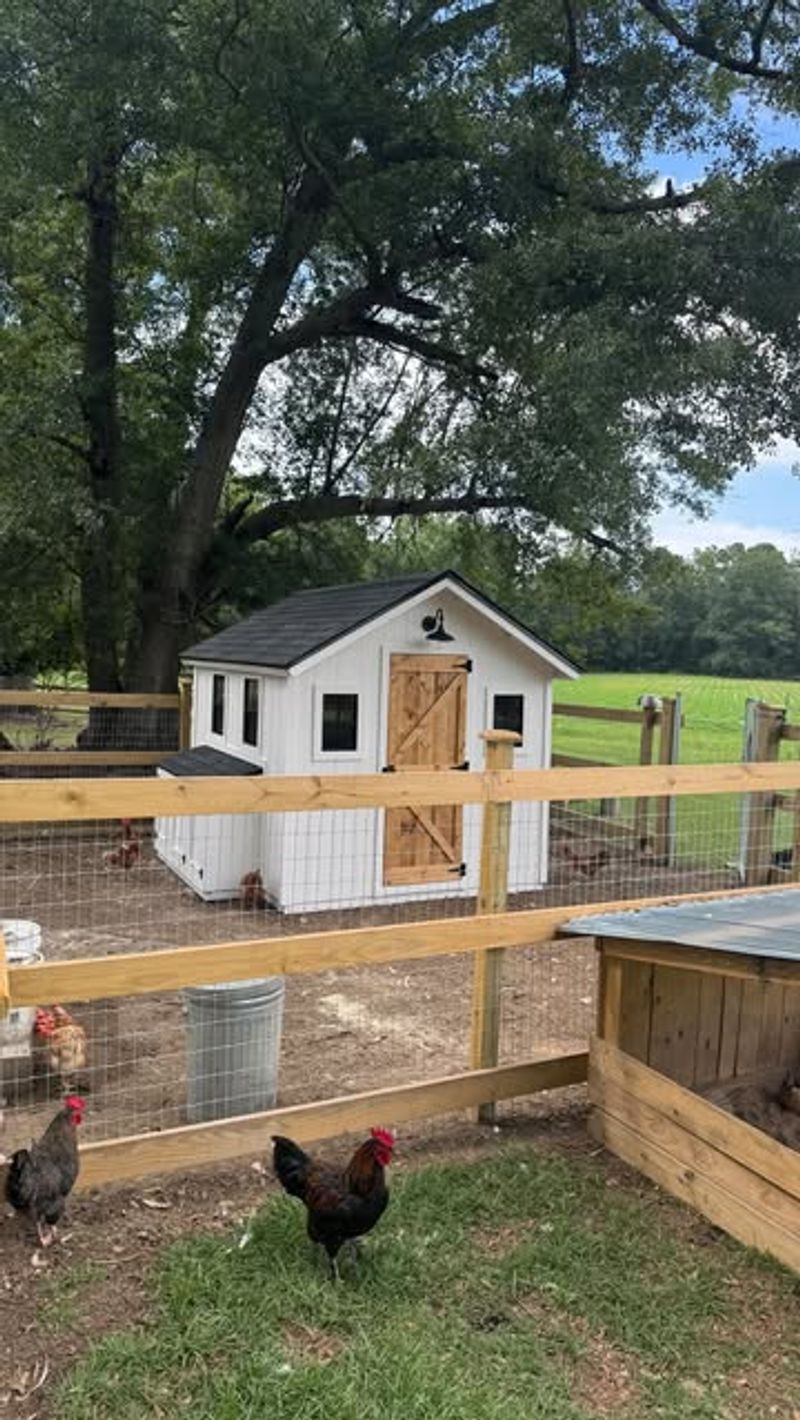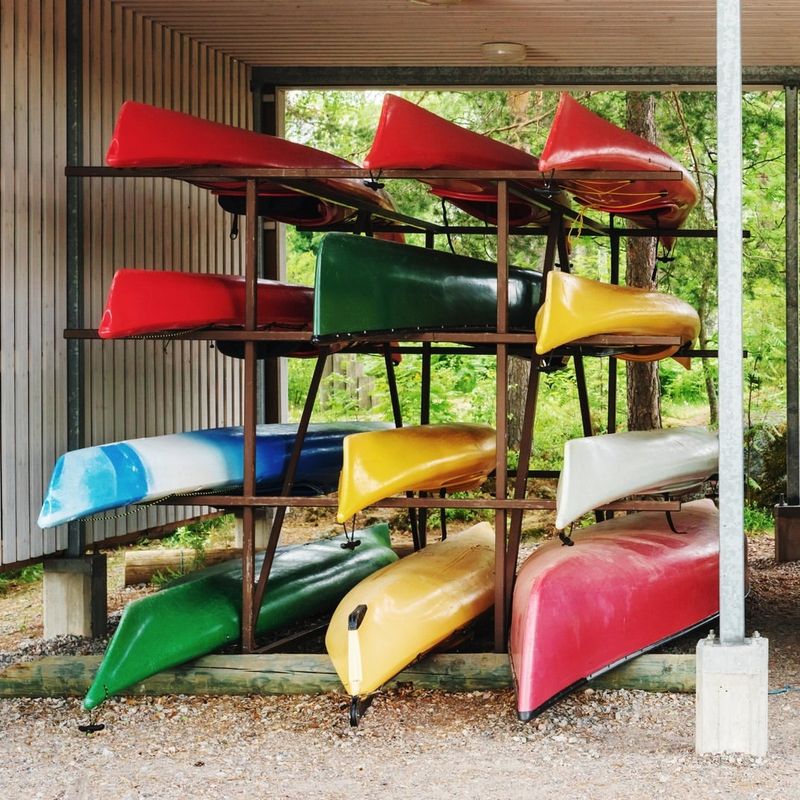Georgia neighborhoods are changing fast, with HOAs and local officials updating what’s allowed in residential yards. From fences to flower beds, the rules are shifting. Staying informed can help homeowners avoid surprises.
As water conservation becomes more urgent, traditional landscaping is under review. Features like expansive lawns or high-maintenance plants may no longer fit the bill. Communities are leaning toward eco-friendly, low-water designs.
Knowing the latest guidelines can save you from costly fixes or fines. But it doesn’t mean sacrificing beauty—just rethinking how you achieve it. With the right choices, your yard can be both compliant and stunning.
1. Tall Privacy Hedges
Many HOAs across Georgia are reconsidering height limits for hedges that block views or create security concerns. Some communities now cap hedge heights at four feet in front yards.
The reasoning stems from both safety worries and community aesthetics. When tall hedges obstruct sightlines, they can create hiding spots for potential intruders.
Newer regulations often include grandfather clauses for existing plantings, but replacements must follow updated guidelines. Consider layered plantings of different heights as an alternative approach.
2. Front Yard Vegetable Gardens
Growing food in your front yard faces increasing pushback from neighborhood associations concerned about property values and curb appeal. Some Georgia communities now limit edible plants to backyard spaces only.
Visible vegetable patches, regardless of how well-maintained, often clash with the manicured lawn aesthetic many developments prefer. The seasonal nature of gardens can create periods where beds appear empty or unkempt.
For gardeners in restrictive areas, ornamental edibles like blueberry bushes or decorative kale offer compromise solutions that satisfy both food production goals and neighborhood standards.
3. Artificial Turf
Synthetic grass installations are meeting resistance in numerous Georgia communities despite their water-saving benefits. The environmental concerns about microplastics and heat retention have prompted some HOAs to restrict their use.
During Georgia’s hot summers, artificial turf can reach temperatures up to 40 degrees higher than natural grass. This creates uncomfortable hot spots that affect both your yard’s usability and local microclimate.
Neighborhoods particularly focused on traditional aesthetics often cite the unnatural appearance as their primary objection. Native ground covers or drought-resistant grass varieties offer more acceptable alternatives.
4. Bamboo Plantings
Running bamboo varieties have earned a notorious reputation among Georgia homeowners associations. Their aggressive spreading habit can quickly invade neighboring properties, leading to disputes and property damage.
Several counties have already implemented ordinances against invasive bamboo species. The plant’s extensive root system can damage foundations, driveways, and underground utilities, creating liability issues for homeowners.
If you already have bamboo, consider replacing it with clumping varieties that stay contained. Some communities now require root barriers extending at least 30 inches deep around any bamboo plantings.
5. Gravel Driveways
Loose gravel driveways are falling out of favor with community planners and HOAs throughout Georgia. Runoff concerns during heavy rain events top the list of environmental objections.
Gravel tends to migrate onto roadways and into storm drains, causing maintenance headaches for local governments. The noise factor also plays a role – cars crunching over gravel create sound disturbances that nearby neighbors often complain about.
Newer regulations typically grandfather existing installations but require pavers, concrete, or permeable alternatives for replacements or new construction. Stabilized gravel systems offer a potential compromise.
6. Backyard Fire Pits
Smoke complaints and fire safety concerns have put backyard fire features on the regulatory radar in many Georgia communities. Drought conditions in recent years have only intensified scrutiny of open flames in residential areas.
Wood-burning pits face the most restrictions due to air quality impacts. Smoke doesn’t respect property lines, creating potential conflicts with neighbors who have respiratory conditions or simply dislike the smell.
Gas-powered alternatives generally face fewer restrictions but still require proper setbacks from structures and property lines. Always check local burn ordinances before investing in any outdoor fire feature.
7. Large Water Features
Substantial fountains and ponds are encountering resistance from community planners concerned with water conservation and safety. Standing water creates mosquito breeding grounds, a particular concern in Georgia’s humid climate.
Any water feature deeper than 18 inches may fall under swimming pool regulations in some jurisdictions, requiring fencing and other safety measures. The electricity requirements for pumps and filters also raise questions about energy conservation priorities.
Homeowners interested in water elements might consider rain gardens instead. These environmentally friendly alternatives manage stormwater while supporting native plants and wildlife without standing water concerns.
8. Bright Outdoor Lighting
Light pollution concerns are driving new restrictions on yard illumination across Georgia communities. Powerful floodlights and decorative lighting that spills onto neighboring properties face particular scrutiny.
Motion-activated security lights often generate the most complaints when improperly aimed. Nobody enjoys having their bedroom suddenly illuminated at 2 AM when a neighbor’s light detects a wandering cat.
Newer regulations typically specify maximum lumens, require downward-facing fixtures, and mandate warmer color temperatures. Solar pathway lights and low-voltage systems generally remain acceptable alternatives under most community guidelines.
9. Non-Native Plant Species
Exotic landscaping plants face increasing restrictions as Georgia communities prioritize environmental health. Bradford pear trees, once popular for their spring blooms, now appear on many prohibited plant lists due to their invasive nature.
Certain ornamental grasses and flowering shrubs have escaped cultivation to threaten native ecosystems. When these plants spread beyond yard boundaries, they can displace native species critical to local wildlife.
Forward-thinking neighborhoods are developing approved plant lists focusing on native alternatives that support pollinators and require less maintenance. Some communities offer plant exchange programs to help homeowners transition their landscapes.
10. Above-Ground Pools
Summer cooling options are shrinking for some Georgia homeowners as above-ground pools face increasing restrictions. Their temporary appearance clashes with the permanent aesthetic many communities strive to maintain.
Safety concerns drive many of these regulations. Without proper fencing, these pools present drowning hazards, especially in neighborhoods with children. The visible equipment, like pumps and ladders, creates additional visual elements many HOAs find objectionable.
Seasonal installation patterns also create enforcement challenges, with some homeowners attempting to circumvent rules by claiming pools are temporary. Check your community covenants carefully before purchasing any pool structure.
11. Clotheslines And Drying Racks
Despite their energy-saving benefits, outdoor clotheslines remain contentious in many Georgia communities. Neighborhood associations often cite aesthetic concerns, viewing visible laundry as detracting from the community’s appearance.
The conflict between energy conservation and community standards has led some states to pass “right to dry” laws. Georgia, however, still allows HOAs to restrict or prohibit clotheslines through covenant enforcement.
Retractable or removable drying systems offer potential compromises for environmentally conscious homeowners. Some communities permit clotheslines in backyards only, or during specific hours when visibility to neighbors is minimized.
12. Yard Art And Decorative Elements
Decorative statues, pinwheels, and flamingos are facing stricter limitations as communities aim for cohesive neighborhood aesthetics. One person’s charming garden gnome collection can be another’s eyesore.
Size restrictions are becoming increasingly common, with many Georgia HOAs limiting decorative elements to 24 inches in height. Seasonal decorations typically receive temporary exemptions, though even holiday displays now face time limits for installation and removal.
Color regulations also appear in newer community guidelines, particularly restricting bright or neon elements. Homeowners should carefully review covenant rules before investing in permanent yard art or extensive collections.
13. Rain Barrels And Collection Systems
Water conservation efforts sometimes clash with aesthetic priorities when it comes to rain collection systems. Some Georgia communities now restrict visible barrels or require screening elements to hide these practical water-saving devices.
Concerns about mosquito breeding have prompted regulations requiring secure covers and regular maintenance. Improper installation can also create drainage issues affecting neighboring properties, another reason for increasing oversight.
Decorative options that blend with landscaping offer acceptable alternatives in communities with strict appearance guidelines. Underground systems provide another solution, though they typically require professional installation and may need permits.
14. Visible Compost Bins
Sustainable gardening practices sometimes conflict with community standards when it comes to composting. Visible bins and piles face increasing restrictions in Georgia neighborhoods concerned about appearances and potential odors.
Improper maintenance can attract unwanted wildlife, creating legitimate concerns for nearby residents. Rodents and other pests drawn to food scraps don’t respect property boundaries, affecting the entire community.
Enclosed tumbler systems or decorative bins designed to blend with landscaping offer acceptable alternatives in restrictive communities. Some neighborhoods now designate community composting areas as a compromise solution for environmentally conscious residents.
15. Chicken Coops And Backyard Poultry
Urban farming enthusiasts face challenging restrictions as more Georgia communities limit or prohibit backyard chickens. Noise concerns top the list of objections, particularly regarding roosters, which are almost universally banned in residential areas.
Odor management and pest attraction create additional friction points with neighbors. Even well-maintained coops can attract predators like foxes and coyotes, creating wildlife management issues throughout neighborhoods.
Communities that do permit chickens typically limit flock size to 3-6 hens and require coop setbacks from property lines. Some forward-thinking developments have created community chicken programs as alternatives to individual backyard flocks.
16. Recreational Equipment Storage
Kayaks, canoes, and sports equipment stored in yards are facing stricter regulations in many Georgia communities. Items visible from streets or neighboring properties often violate aesthetic guidelines in HOA covenants.
Basketball hoops and play structures over certain heights increasingly require approval before installation. Even portable equipment must be stored out of sight when not in active use according to newer community standards.
Storage solutions like decorative sheds offer compromise options, though these structures themselves often face size and appearance restrictions. Check community guidelines carefully before purchasing recreational equipment too large for garage storage.

